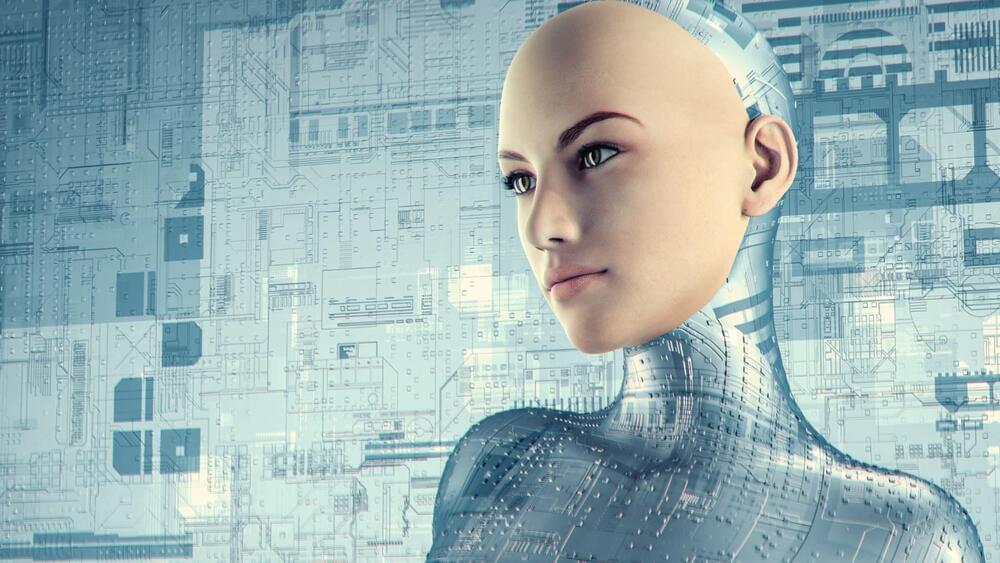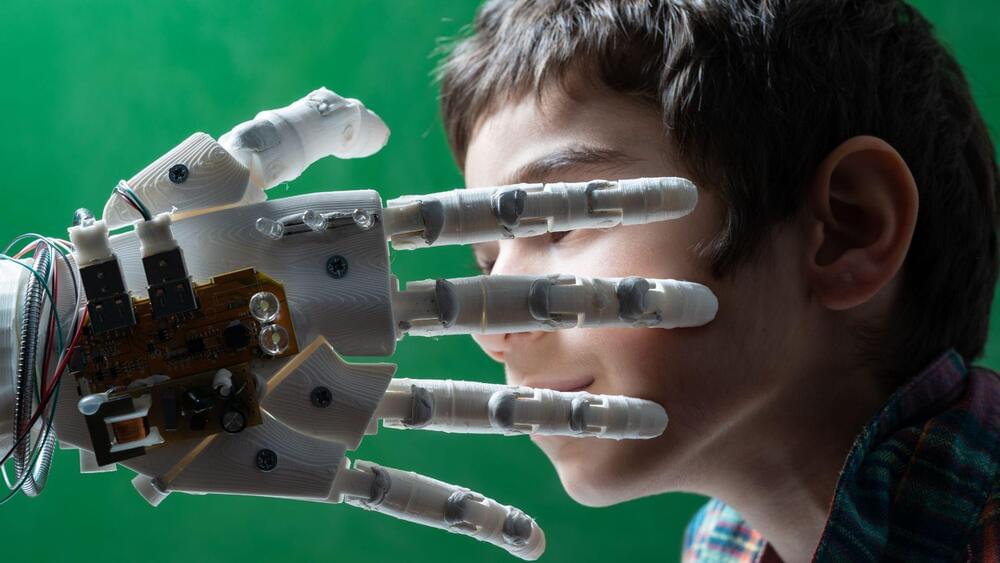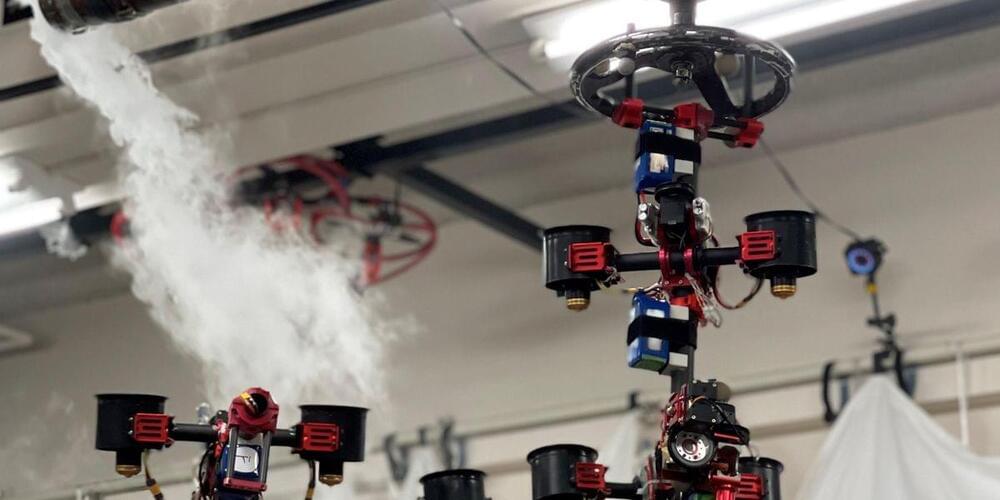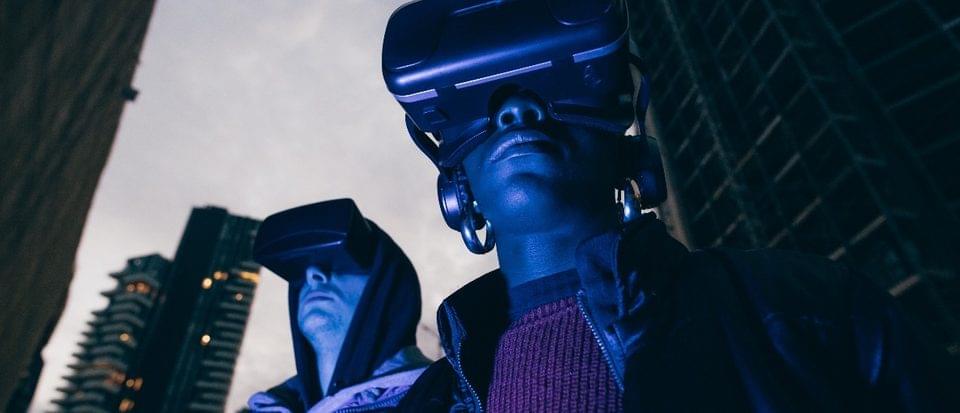Google employees are ratcheting up pressure on the internet-search giant to abandon its artificial intelligence work with the Israeli government, planning public demonstrations to draw greater attention to the controversial cloud-computing contract.
A handful of current and former workers spoke on Wednesday alongside Palestinian rights activists in San Francisco to call for the Alphabet Inc.-owned company to end Project Nimbus, a $1.2 billion contract through which Google and Amazon.com Inc. provide the Israeli government and military with AI and cloud services. The seven-year contract went into effect in July 2021. A petition protesting the agreement has received 800 signatures from Google employees, according to one of the organizers.







